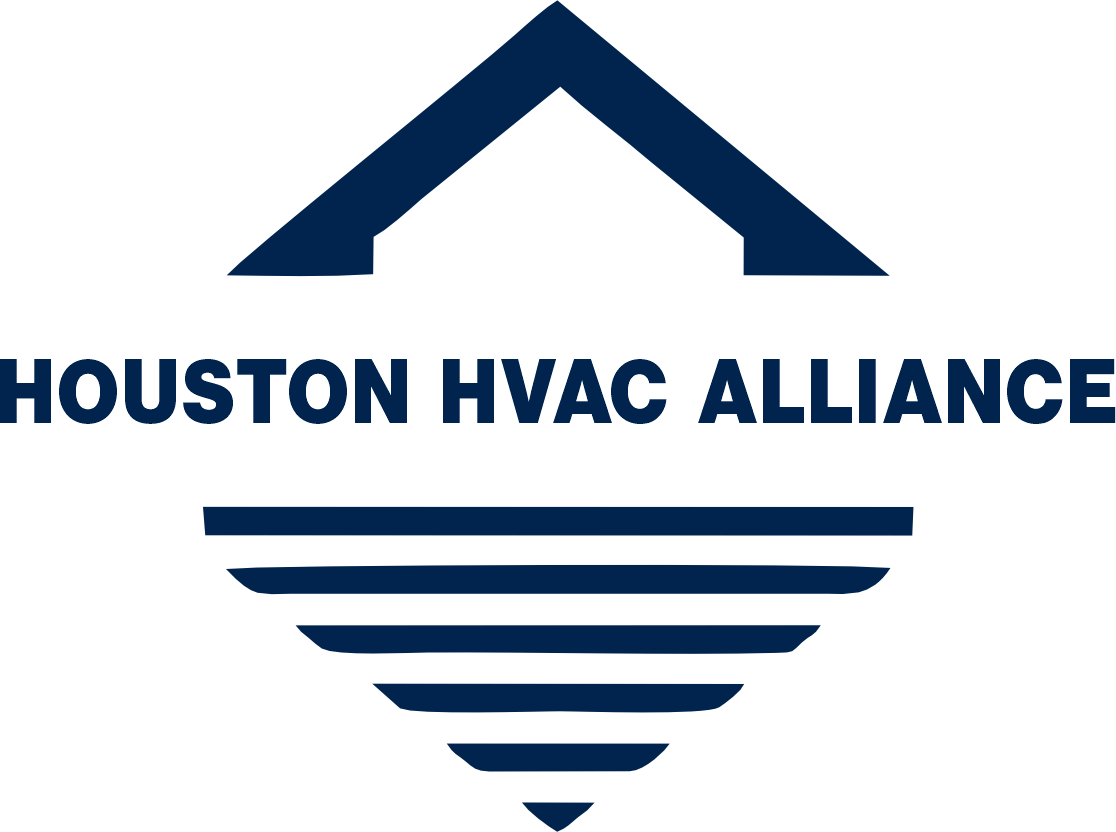Carbon monoxide is a colorless, odorless gas that’s toxic to humans and animals. If you have a gas-fueled furnace in your home, constantly having the carbon monoxide level tested is the best way to be on the safe side. However, there are many ways you can prevent carbon monoxide leaks and possible fatalities before they happen.
HOW CARBON MONOXIDE FROM YOUR FURNACE BECOMES A PROBLEM
Carbon monoxide is, in fact, one of the most common causes of accidental poisoning. If there’s a crack in the heat exchanger or furnace, it can lead to problems like leaks. It could direct carbon monoxide toxins into your home if this were to occur. In high amounts, carbon monoxide can be hazardous and even lethal.
Here are eight ways of preventing carbon monoxide leaks with your current furnace equipment.
1. GET ANNUAL MAINTENANCE FOR YOUR FURNACE
If you have a gas-fueled furnace, you need to have the system’s piping and other components inspected at least once a year by an authorized service technician. A carbon monoxide leak could be caused by one of the many parts of your system. If there’s a leak, have it repaired quickly before it causes damage. Our technicians will perform a full-blown check of your system during an annual maintenance visit. This will include a combustion safety test, which is used to determine any leaks in the system.
2. PROPER VENTING OF YOUR FURNACE
Having your furnace vented properly is another important way to prevent carbon monoxide from building up in your house. The flue pipe on your furnace should be routed above the roofline and away from other structures, fences, or trees. You should also never block the vents with insulation or drapes, or you could end up with severe problems. If your furnace vents into the attic space, you should also have a separate vent from the wood stove, fireplace, or water heater. Combustion gases need to be able to escape away from the living areas of your home.
3. INSTALL CARBON MONOXIDE DETECTORS
If you have a gas-fueled furnace, install carbon monoxide detectors certified by the National Fire Protection Association (NFPA). An alarm will go off if the concentration of carbon monoxide reaches unsafe levels, which is usually over 30 times the safe level. Nowadays, many smoke alarms double as carbon monoxide detectors as well.
4. KEEP YOUR VENTILATING FANS CLEAN AND UNBLOCKED
If you have a forced-air furnace, the filter needs to be cleaned regularly so that dust does not build up and block the vents. If the filter is blocked, it will not do its job properly, so this is another area you should keep an eye on.
5. VENTING CARBON MONOXIDE INTO YOUR CHIMNEY? MAKE SURE IT’S GOING UP, NOT DOWN
The problem with venting carbon monoxide into your chimney is that the gas will turn into CO2 and go back into your home. If the gas is going down, your family could be at risk. You should only vent combustion gases up through the flue pipe of your furnace and then out through the top of your chimney. Never vent carbon monoxide into your chimney unless the system is equipped with a safe-burning device.
6. AVOID UNINTENDED BACKDRAFTING
There are instances when a furnace can emit carbon monoxide on its own, even if there’s no problem with the piping. This is known as unintended back-drafting. Backdrafting can be caused by improper venting, blocked filters, and furnace malfunction. That’s why it’s always best to have your technician inspect the system and make any necessary repairs.
7. DON’T USE BARBECUES, CHARCOAL GRILLS, OR CAMPING STOVES INSIDE YOUR GARAGE, BASEMENT, OR HOME
Furnaces, fireplaces, and other combustion appliances produce carbon monoxide as a byproduct. You should not use campers, charcoal grills, or barbecues inside of your garage, basement, or house. The carbon monoxide released could build up in the enclosed space and kill you.
8. IF YOU HAVE A GAS-FUELED FURNACE, TEST THE SAFETY SHUTOFF VALVE
You should have a safety shutoff valve installed on your gas-fueled furnace in case of emergencies. The valve ensures that if there’s an explosion in your house, the gas won’t leak out. The safety valve should only be used as a last resort and never during regular maintenance.
Dealing with a carbon monoxide leak is never easy. The best thing you can do for your family is to prevent one from happening in the first place. However, if it proves difficult to prevent the leak, you can contact our professionals to repair your furnace.
Contact SouthCoast HVAC in Santa Fe, TX, today to learn more about preventing carbon monoxide leaks. We can also assist with heating and cooling repair, installation, and maintenance.


